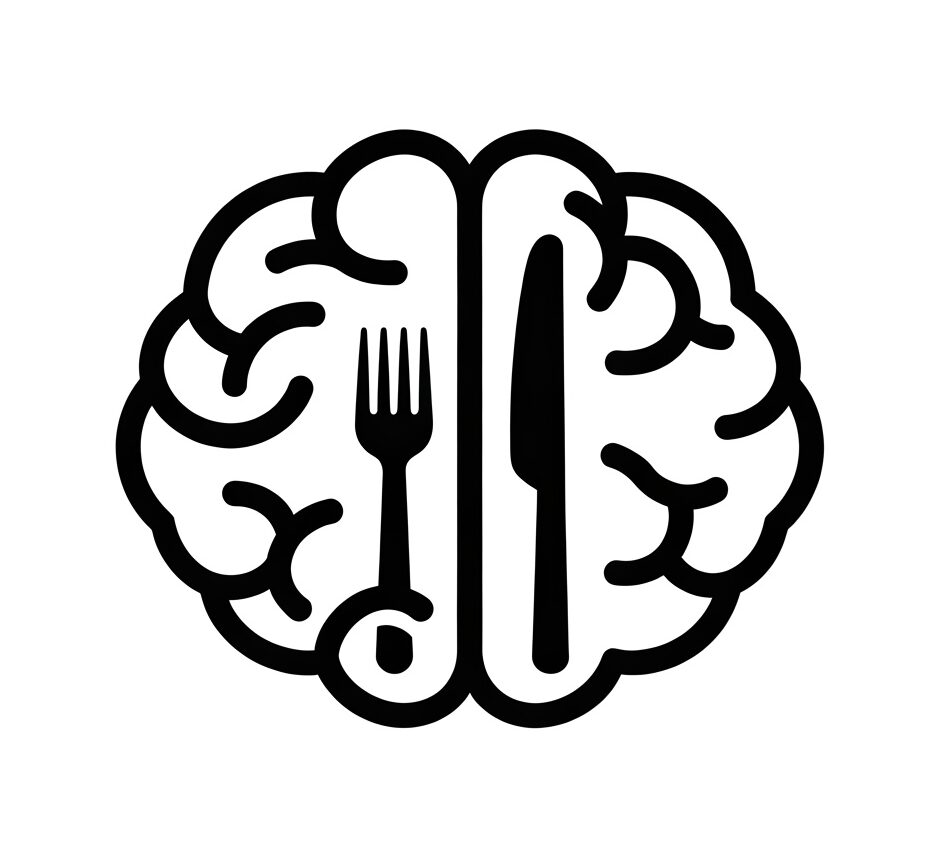Fact of the Day: "QWERTY keyboard layout was designed to slow typists down"
The QWERTY keyboard was originally designed in the 19th century, not for speed but to aid telegraph operators in transcribing Morse code. It became the standard layout in the 1880s when Remington, a major typewriter manufacturer, adopted it and provided typing courses, ensuring widespread adoption. This early dominance led to a market lock-in, where switching to a more efficient alternative, like the Dvorak keyboard (patented in 1932), became impractical despite studies proving its superiority. The case of QWERTY serves as a classic example of how entrenched technologies persist, much like Microsoft Office, Amazon, and Facebook, which maintain their dominance due to widespread adoption rather than inherent superiority.

Quick bites
A moth created the first computer bug
Google searches emit 7g of CO2
Ray Tomlinson sent the first email in 1971
Did you know?
YouTube was originally designed as a video-dating website, where users would upload videos describing their ideal partner. Co-founders Steve Chen, Jawed Karim, and Chad Hurley even tried to attract users by offering women $20 to upload dating videos, but no one was interested. Realizing the concept wasn’t working, they decided to open the platform to all types of videos instead. This shift led to YouTube’s rapid success, with the first-ever video, “Me at the Zoo,” uploaded by Karim. Just a year later, Google acquired YouTube for $1.65 billion, cementing its place as the world’s leading video platform.

Debunking Myths:
Macs can't get viruses
The belief that Macs are immune to viruses is a persistent myth, but in reality, they are just as vulnerable to malware, phishing, and ransomware as Windows PCs. This misconception arose because Macs historically had a smaller market share, making them less attractive targets for hackers. However, as Apple devices have gained popularity, cybercriminals have developed malware specifically for macOS, such as the Shlayer Trojan and EvilQuest ransomware …
Then vs...
When NASA sent Apollo 11 to the moon in 1969, it relied on the Apollo Guidance Computer (AGC). This computer, which helped astronauts navigate and land safely, had a mere 64 KB of memory and processed data at 0.043 MHz. To put that in perspective, it was millions of times weaker than modern devices. Despite its limitations, the AGC played a crucial role in one of humanity’s greatest achievements—putting a man on the moon.
Now
Today, even the average smartphone is vastly more powerful than the Apollo 11 computer. A device like the iPhone 15 or Samsung Galaxy S24 has 8GB+ of RAM, up to 3.7 GHz processing speeds, and can perform trillions of calculations per second. These devices not only handle calls and texts but also power AI assistants, high-definition gaming, and real-time GPS navigation—things NASA scientists could only dream of in 1969.
